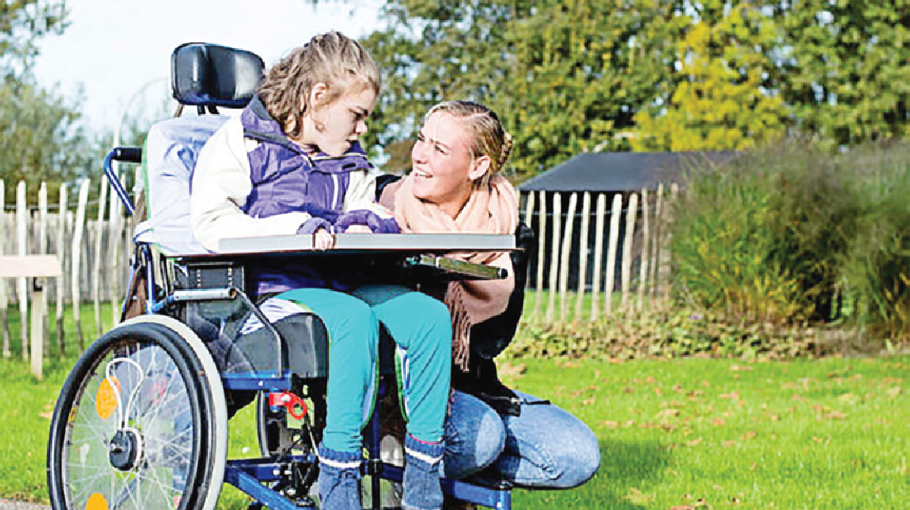Intensive interaction for children with learning disabilities

To create a learning environment for all, it is important to make sure that we think about ALL people with disabilities. Children and young people with Profound and Multiple Learning Disabilities (PMLD) are some of the most vulnerable young people in our society. Children and young people with PMLD usually have complex health conditions and need help with many areas of daily life.
People with PMLD find communicating their needs and wishes difficult. Being able to communicate is important for ensuring that children/young people and those who care for them have a good quality of life.
Intensive Interaction is one of the approaches used to support communication development. This approach involves the child/young person’s caregivers (at their educational setting or at home) becoming well-tuned to the child or young person in their care. Intensive Interaction is based on developing early communication skills such as turn-taking and facial expression. We want to find out if it improves communication for children and young people (aged 3-25 years) with PMLD.
We are recruiting 66 educational settings and will involve 330 children and young people and their families. We will conduct the study at educational settings throughout the country. We have collected information which allows us to make sure that we are including settings from deprived areas which are often not included in research. In our study we will randomly allocate educational settings to one of two groups:
Group 1: We will train staff and family carers to provide Intensive Interaction. Parents/carers will be asked to use the approach at home and staff will be asked to use the approach in educational settings for around 18 weeks. We know that consistency of approach is really important for children and young people with PMLD which is why we are involving home and school in the intervention. Family carers and educational staff will be trained together.
Group 2: Children and young people will receive usual provision.
We are mainly interested in how Intensive Interaction affects communication, but we will also look at other outcomes such as quality of life, social and emotional engagement, education, behavior, and family carer wellbeing, sense of competency and experience of Intensive Interaction.
We will assess if Intensive Interaction is good value for money by considering the costs and benefits.
We will interview educational setting staff and parents/carers to find out their views and how they found providing Intensive Interaction to children in educational settings and at home.
We are enjoying working with a number of organizations (PAMIS and the Council for Disabled Children), individuals with lived experience and our advisory group. They are helping us to make sure that we use the best ways to recruit people to the study and to communicate the results so that we can have an impact. This is such an important study as there is relatively little funded research involving people with PMLD and those who support and care for them.




